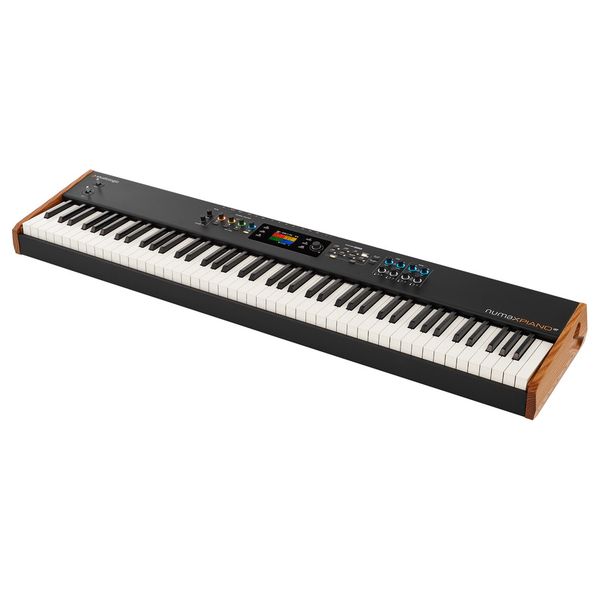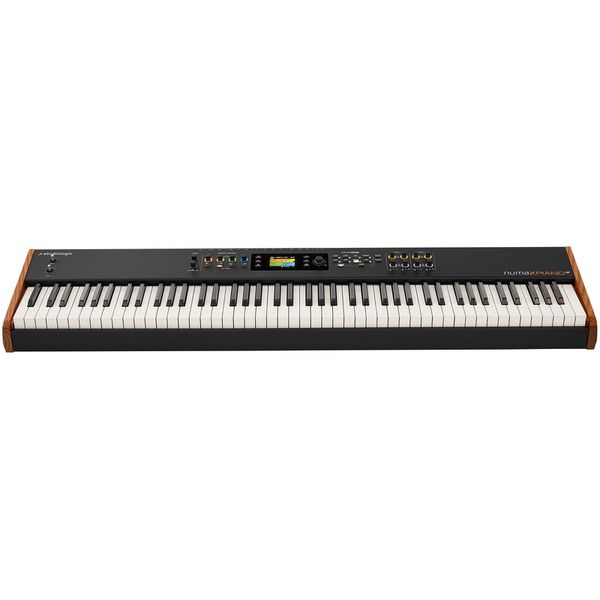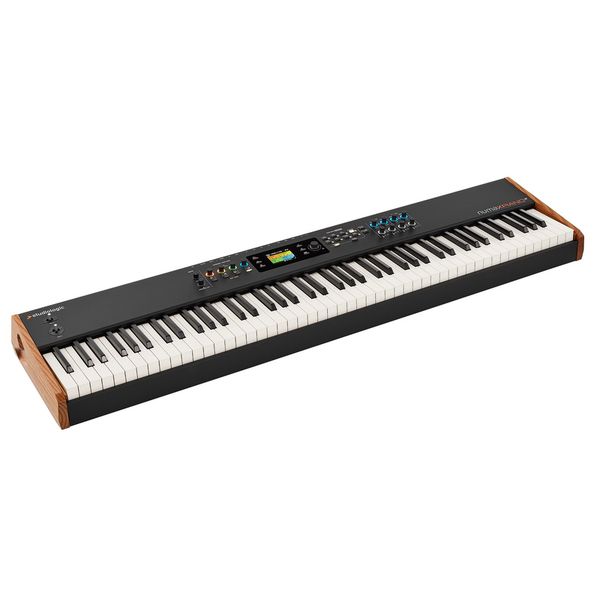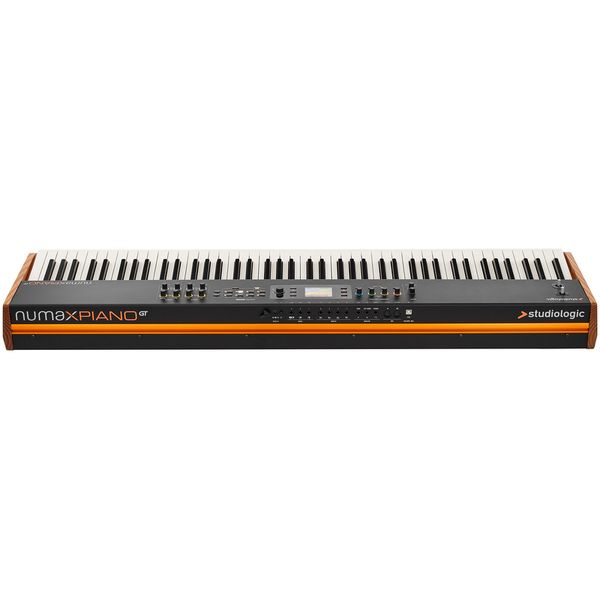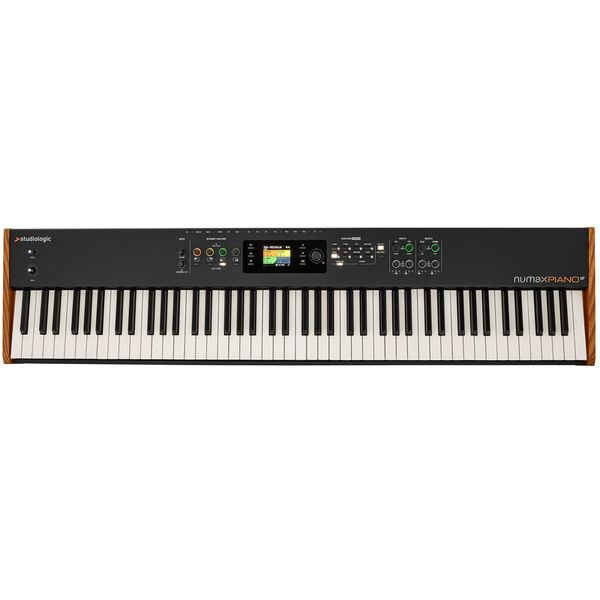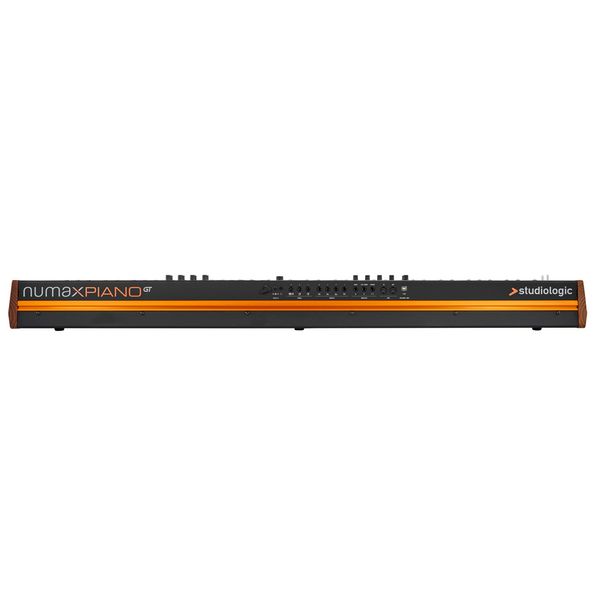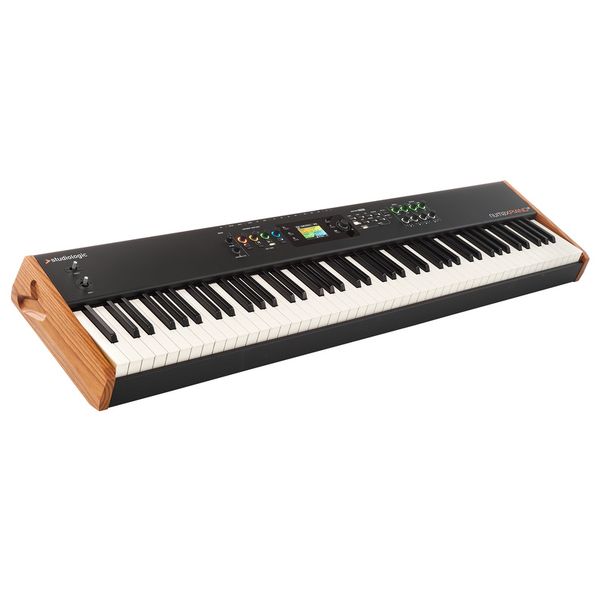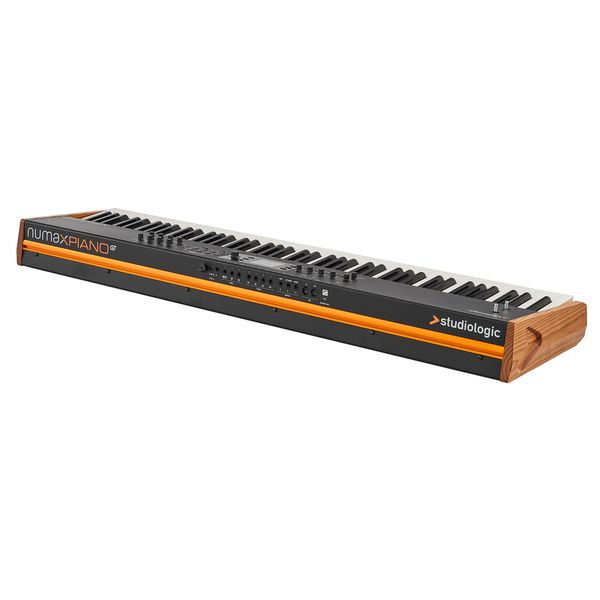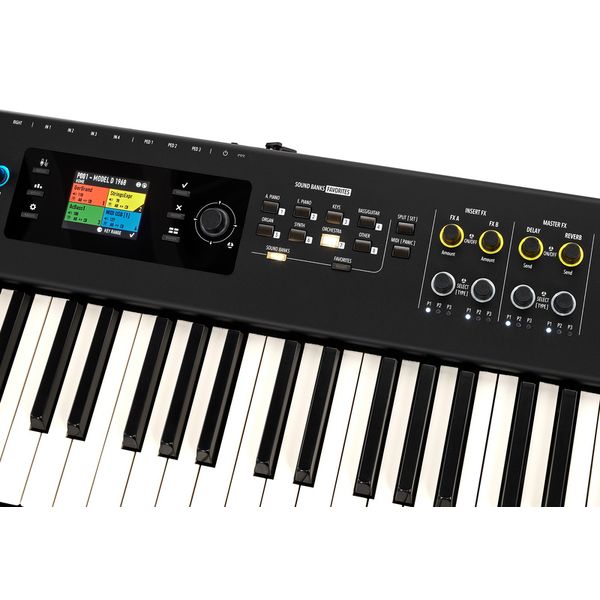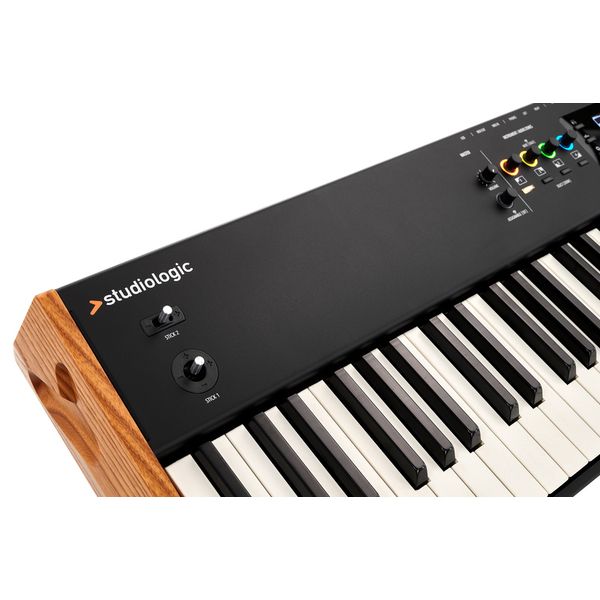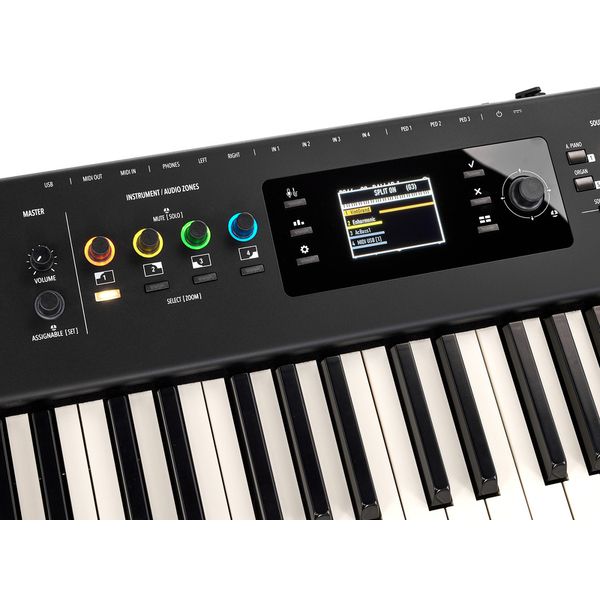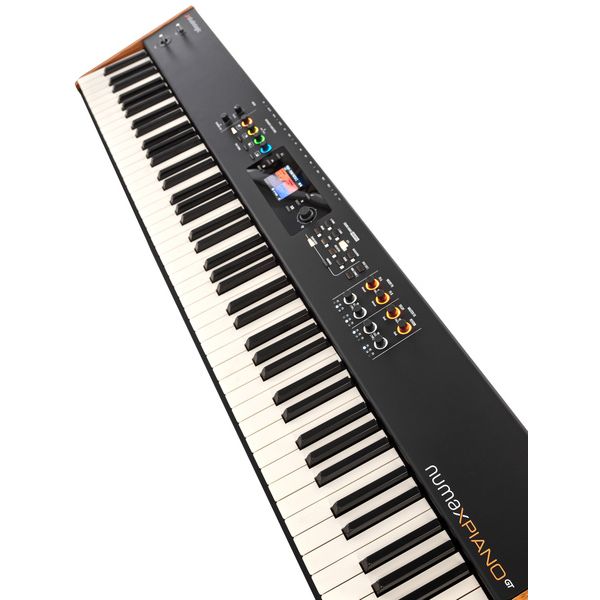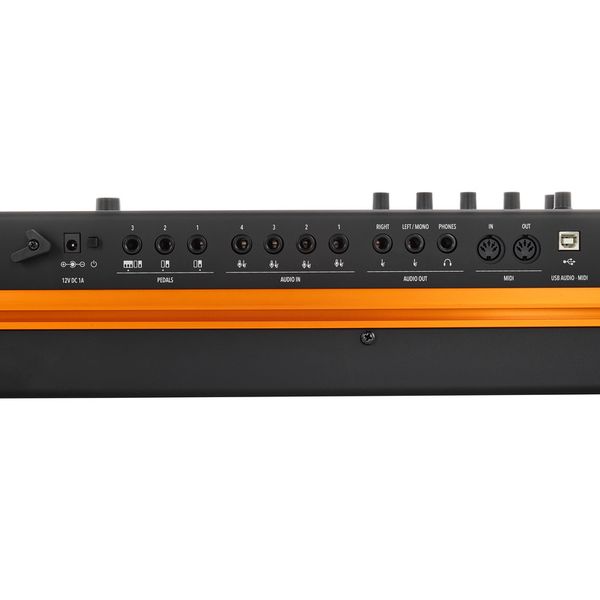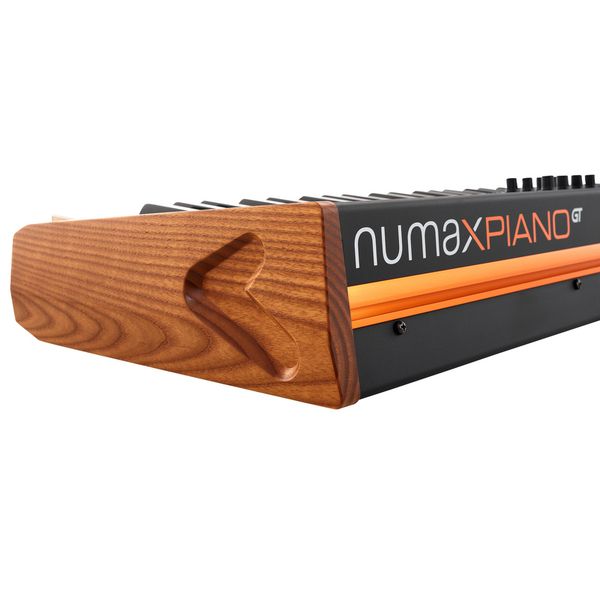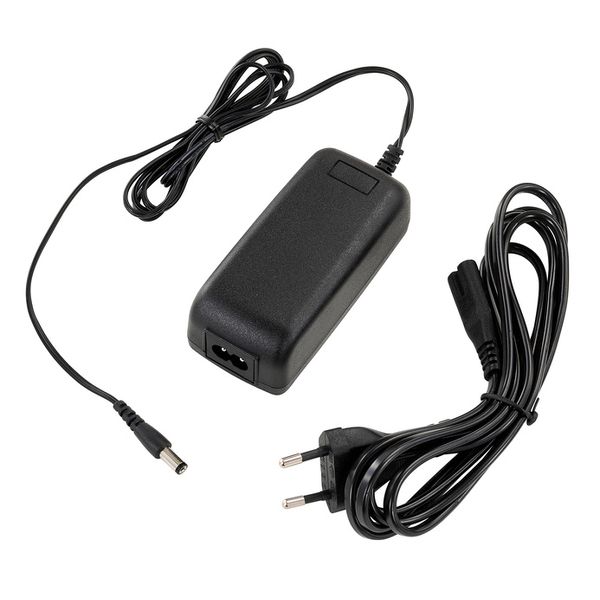After more than a month of use, and a first outing here is my review:
In general, I am very much pleased with the Numa X Piano GT, not only the action is very reliable and have a great feeling to it, but also the new “UX Logic” concept for interfacing is very clear, agile, and practical. Much better than remembering thousand different menus or having 1000 buttons/sliders/knobs on your dashboard. To top it all, the included sounds are very high quality and a delight to play. There are, however, some minor drawbacks (mostly on the side of the software) but hopefully they could be corrected and updated. Even then, for me this product is a total surprise, especially when compared to the other options I was entertaining that where up to two times and half more expensive.
1-Construction quality (Built):
“Premium” Very solid case with awe-inspiring minimalistic wood/metal amalgamated design.
Only the power supply looks fragile with respect to the rest of the piano, but perhaps is just that I am old school and not totally used to this DC jacks and un-earthed switching power supplies.
2-Interface (peripherals and software):
First, the key-bed feels very natural, the escapement is nicely noticeable when playing pianissimos (as it should be, not when playing normally or fortes). Also, the triple sensor allows for playing fast drills without any problem. Anyhow, the keys are still a bit heavier than other digital pianos, but for me is a good think. The keys are not completely wooden keys, they just have the sides cover with wood. The inner part is a polymer whose density is very similar to that of wood. I see this as a big advantage because when taking the piano on the road the changes in temperatures can cause no harm (as it will to real wood). Nevertheless, the wooden covers do make the piano look beautiful. The ivory finish is also there.
Secondly, the interface on the piano front panel. All buttons and rotary encoders are high quality, the screen too. Regarding stick 1 (X and Y encoder with spring return) I have to recognize that it is very practical to be able to assign X for example to one instrument pitch and Y to another instrument in the same program and then to be able to manipulate them both simultaneously. Now for the second stick I do struggle to do fine adjustments.
Third, software. This “UX Logic” concept is amazing, and very practical and intuitive. It is very powerful, and practical due to its simplicity. Nevertheless, there are some bugs. First, there was booting bug (corrected with update 1.0.0.2). Second, you can switch or manipulate any sound inside a program continuously, however, if you change program there is an abrupt interruption of the sound. Third, if you use one of the 4 banks in the program as a midi controller the pedal midi code is send even if that bank is muted.
Finally, the audio interface. The piano has 4 analog inputs to put mics, guitar, or anything else. This is very nice for live performance, however, if you were planning to record using the internal audio interface you only have access to the main mix. It would be nice if you could have the 6 tracks through the audio interface, or at least 2 tracks for the piano and 2 tracks for the external inputs. On top of that, the output (24bit/48kHz) have considerable lag when used with Studio One, I think it might be related to the fact that there is no specific driver and I must use the “Windows Audio” Driver. Other problem of the audio interface is that the ground of the USB port is not isolated. Thus, you can end up having ground loops with respect to other devices and the annoying humming sound. I had one USB optical isolator around I put it and the humming sound completely disappeared.
3-Sounds:
The sounds are a joy to hear. Specially, the acoustic pianos and the electric pianos. To my surprise the pre-created programs delivered with the piano are a very nice combinations of instruments (someone took a lot of time to create this programs). My only complaint will be with the Italian grand (program 4). For some reason when playing fortes or fortissimos there are some slight traces of digital noise. The noise is very minimal.
4-Supporting PC Software:
The supporting software allows you to update the firmware, save/edit your programs and theoretically add new sounds. Up to know there are no additional sounds to add, but perhaps in the future they will be available in their website. I am really looking forward for it.
5-Service/support:
This is without doubt the area where I had the best experience with this piano. I bought the piano at a rather early stage, and thus got one of the first versions that still had the problem were the bootloader could be rendered unresponsive. I already was very much engaged with the piano (and preparing for a set), and did not want to part with it, and thus decided to contact Studio Logic directly through their website. In less than 5 min I received a follow up email asking for more details where to contact me. My answer was followed (in less than 30mins) by a very friendly call where I was allowed to explain the problem in detail (thank you very much Gianni Giudici). In matters of hours the same day they contacted me back acknowledging they have found a suitable solution to my problem and how to expedite the pickup, delivery etc. In short, I receive the emails a Thursday and by Tuesday morning (3 working days) everything was solved, and I was back to preparing my set for that Friday(Thank you very much Federica Celli). All this with great understanding and very friendly interaction.



